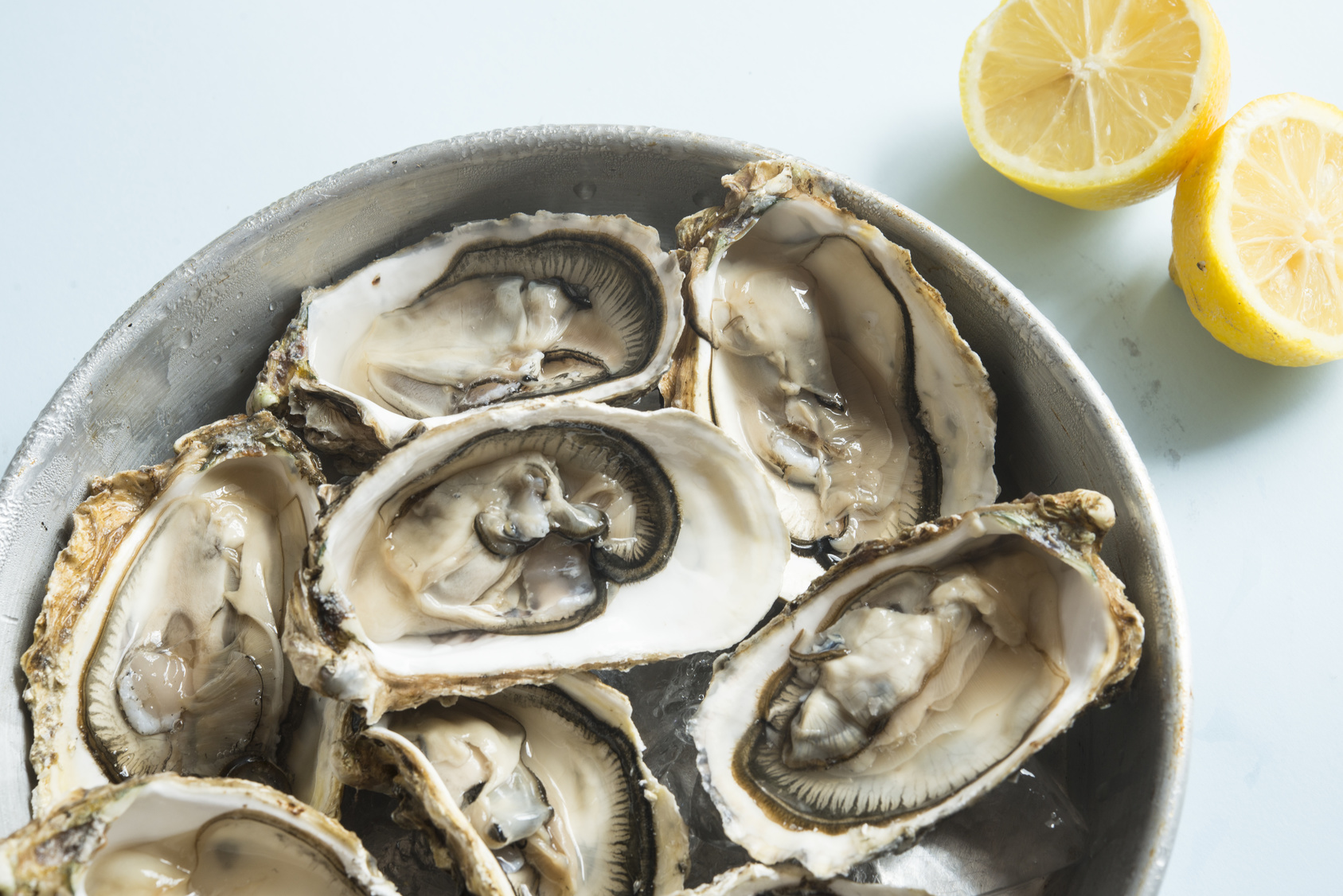Foodies have long rhapsodized over the delicate and delicious virtues of the oyster. As a culinary fad, they have trended in and out for centuries as a food product, a creative appetizer, a succulent meal and even an aphrodisiac. Through the years, hundreds of gulf coast farmers and other oyster providers have farmed oysters and ran boxes as far up as New York City and Maine. Profits are lucrative and sellers have quickly cashed in on the long-standing popularity of the industry. Then came the 2010 BP oil spill in the Gulf of Mexico which affected the harvest in that region for many years after. The impact as so severe that Louisiana’s farmed oyster sales decreased from $28 million in 2005 to $13 million in 2013. Farmers in the gulf coast region soon found themselves in dire straits as production halted from the pollution. However, scientists are claiming that the region is fast recovering and the seafood production levels are increasing quickly. Farmers also anticipate that production should level out and remain steady in the upcoming years. In the meantime, restaurateurs and customer demand has set off a trend which has caused a significant increase in the demand for fresh oysters. Standards for judging have also changed with oyster size decreasing to as small as 2.5 or 3 inches as the preference shifts to product taste and not size. Oyster lovers have also become quite refined in their palates, demanding diverse flavors that reflect the region they come from. Oyster tasting rooms have begun springing up with patrons requesting sophisticated pairings of wine, oysters, and food. But oysters are not just a tasty treat for the tongue; they can give back to the landscape in a very efficient manner. Scientists believe the reason for this is that oysters, clams, mussels, mollusks and bivalves eat food that is already in their natural environment like plankton. This requires no additional or expensive replenishing on the producer’s part. Alternatively, cattle require approximately 15 pounds of feed to produce one pound of beef. This makes for an inefficient and resource-heavy food product. Another environmentally friendly characteristic of oysters is that they pump 50 gallons of water per day to get plankton. This then works to filter the pollutants out of water and make it cleaner. This is extremely helpful in areas that have suffered the most from the effects of the BP oil spill. Additionally, during hurricanes or other major weather events, oyster beds can absorb some of the force of the storm and ease the damage to coastlines. Consumers have long been wary of the dangers of eating a raw product that filters pollution. However, oyster farmers point to the strict USDA guidelines for oysters and stress that they work hand-in-hand with regulators to keep their product as safe as possible. Of course, there is always a risk when you consume anything raw and food-borne illness is definitely part of that risk. But experts claim that the vast majority of the oyster products are very safe. Increasing sales in the Gulf Coast area and beyond undoubtedly prove this theory.
Gulf Coast Oyster Farmers See Business Improve



